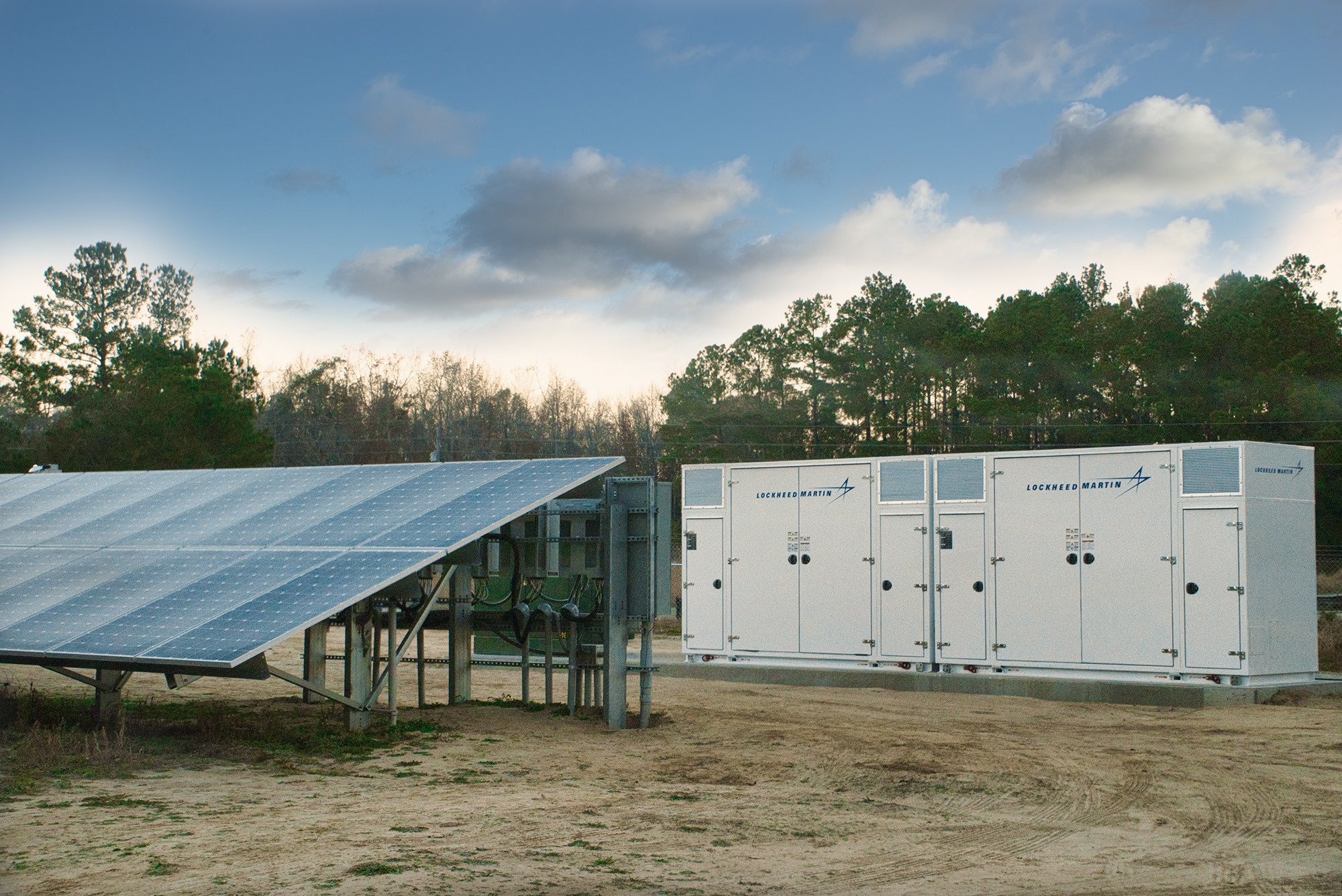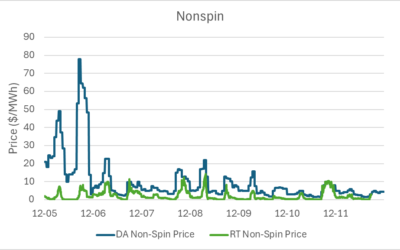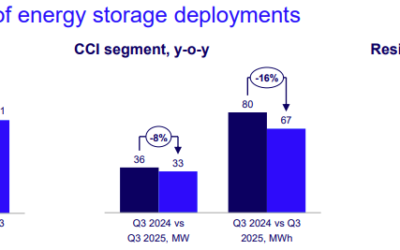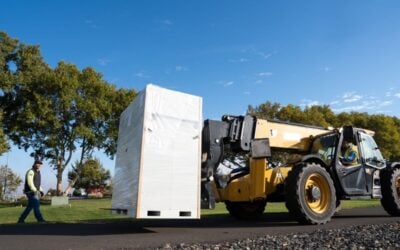
A battery energy storage system (BESS) has been selected as a proven and resilient solution to help power a mainland US military facility, saving money on electricity costs and being delivered on a commercial basis.
US Army Fort Carson in Colorado will be the latest beneficiary of the energy savings performance contract (ESPC) scheme for federal agencies. Recently agreeing to pay out US$40 million to develop a solar-plus-storage microgrid on an island missile test base, ESPC essentially provides energy efficiency or similar projects with upfront capital for their development, if the capital can be successfully shown to be repayable through savings on energy costs delivered by initiatives. The Fort Carson project will require no capital investment from the military.
Recent market entrant, aerospace and defence giant Lockheed Martin, is supplying a 4.25MW / 8.5MWh battery energy storage system (BESS) from its Gridstar Lithium range. Lockheed Martin’s partner on the project, infrastructure firm AECOM, said yesterday that construction has already begun.
Thought to be the largest standalone “commercially contracted battery at an army base” in the US to date, the 8.5MWh battery system will reduce the amount of peak demand energy drawn from the grid at Fort Carson and will be connected behind-the-meter. As such it should reduce the facility’s applicable demand charge, the often high proportion of a commercial or government entity’s utility bill charged for use of electricity during demand peaks.
Try Premium for just $1
- Full premium access for the first month at only $1
- Converts to an annual rate after 30 days unless cancelled
- Cancel anytime during the trial period
Premium Benefits
- Expert industry analysis and interviews
- Digital access to PV Tech Power journal
- Exclusive event discounts
Or get the full Premium subscription right away
Or continue reading this article for free
In future, the demand charge reduction could be stacked with other applications including helping integrate existing solar PV capacity at the fort, frequency regulation and voltage support for the facility’s distribution grid and possibly microgrids that could be added later to accommodate new resources or demand at the Colorado base.
AECOM is performing development, integration and construction for the project, while predictive analytics and controls software from California-based Geli Inc will drive use of the Lockheed Martin battery.
Its the latest in a series of grid-scale energy storage projects for Lockheed Martin, despite the group’s relatively recent launch of Gridstar. Developer Cypress Creek completed 12 solar-plus-storage projects in and around North Carolina using the lithium systems in March, while energy storage-as-a-service provider Peak Power signed a deal to use 17MWh of Lockheed’s battery systems in forthcoming projects back in April. The company is still set to also launch a flow battery counterpart to the lithium-ion BESS systems.
Strict conditions exist for developers of military energy storage projects. Resiliency and technological needs at military bases are ever-changing, Go Electric’s CEO & president Lisa Laughner and CTO Tony Soverns blogged for this site earlier this year, although that piece was written with specific regard to microgrids. As mentioned above, Fort Carson is a grid-connected facility.





